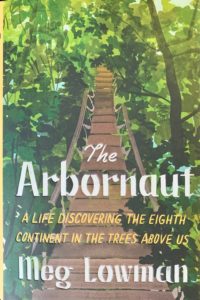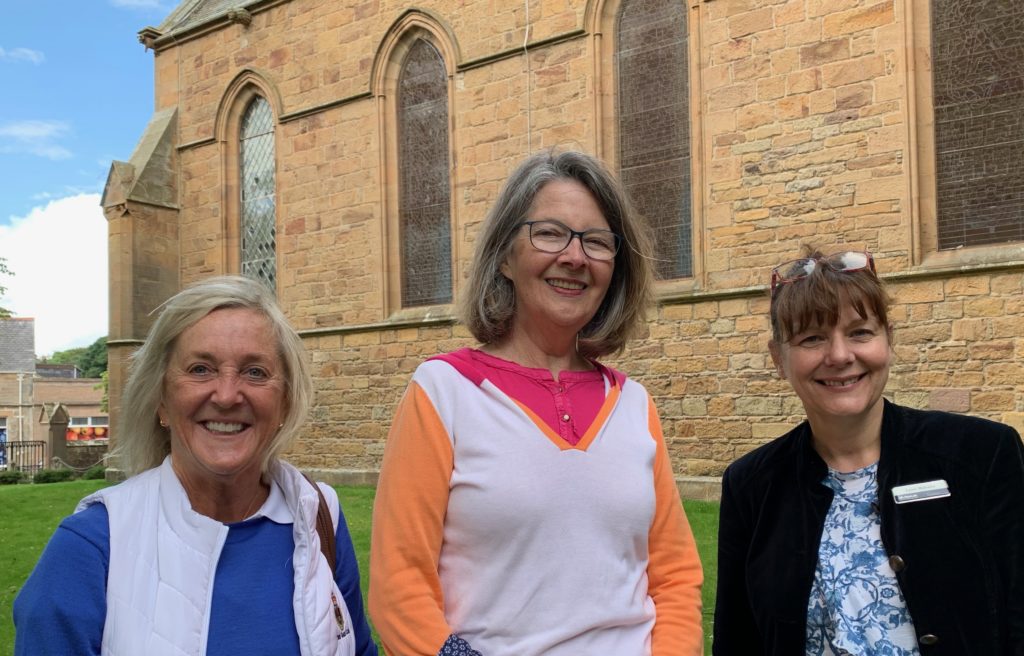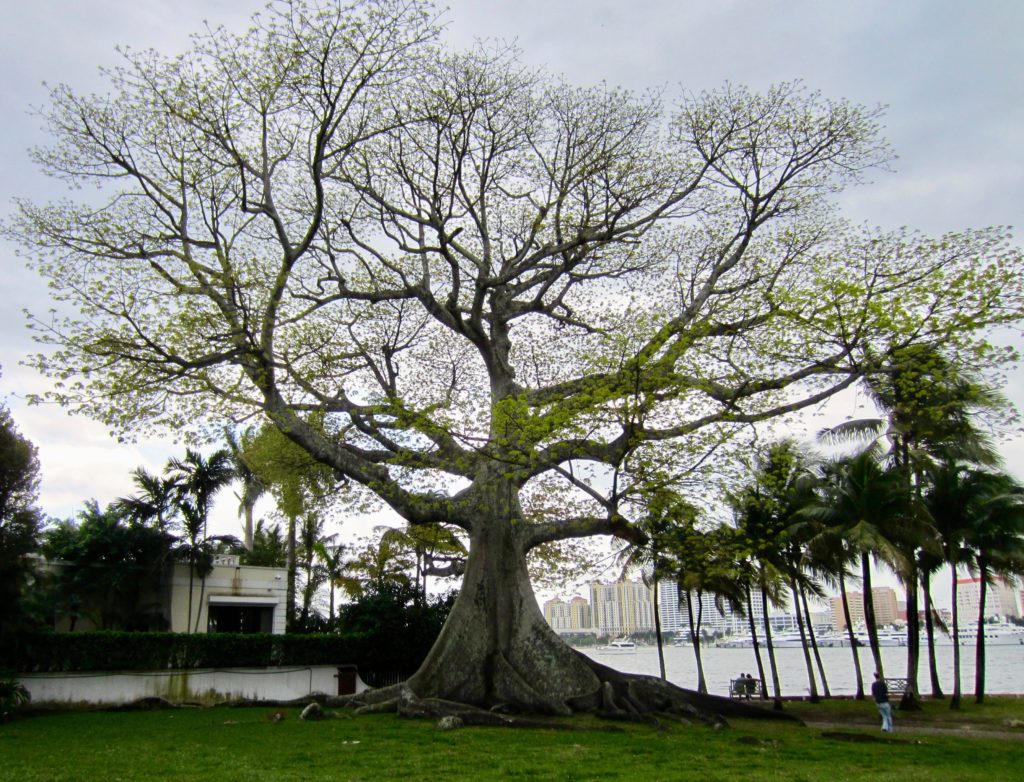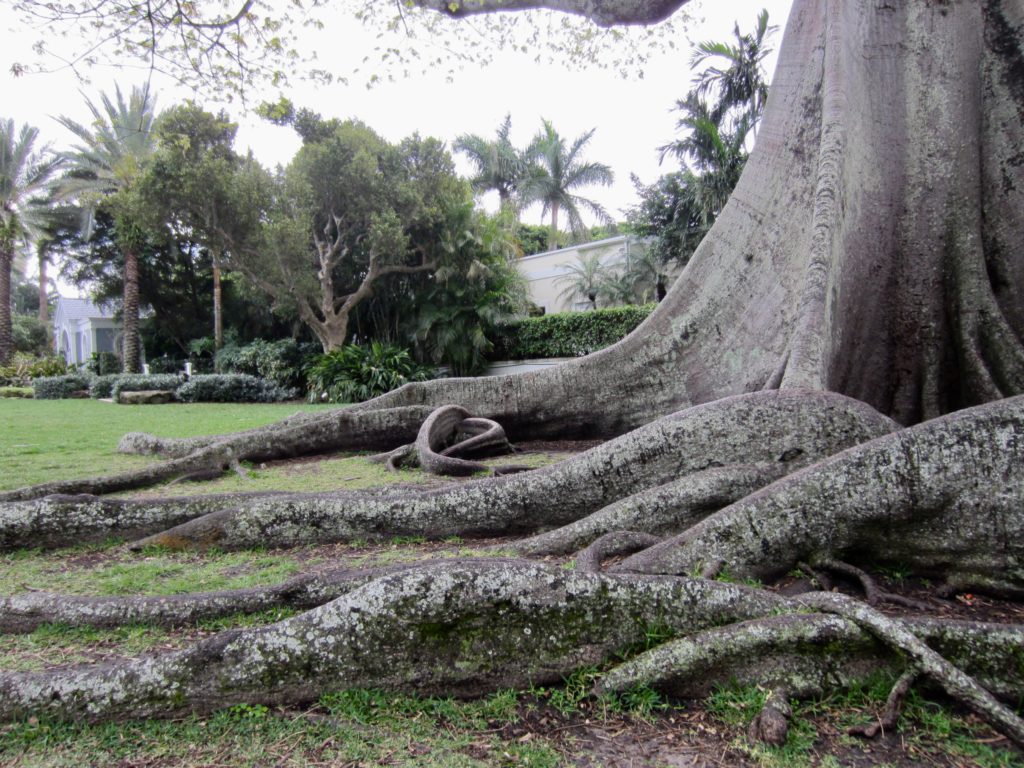Canopy Meg
 What do you call a scientist who discovers a whole new continent above the earth’s forests? Whole tree enthusiast? True, but rather unwieldy. Arbornaut! an excellent descriptor connoting expert navigation of treetops. Once you read this book, you may agree with me that the more informal “Canopy Meg” is the best name for the author, a trail-blazing thinker who has climbed trees all over the world, counted their denizens, computed their viability, and created aerial pathways for citizen scientists to help save our planet.
What do you call a scientist who discovers a whole new continent above the earth’s forests? Whole tree enthusiast? True, but rather unwieldy. Arbornaut! an excellent descriptor connoting expert navigation of treetops. Once you read this book, you may agree with me that the more informal “Canopy Meg” is the best name for the author, a trail-blazing thinker who has climbed trees all over the world, counted their denizens, computed their viability, and created aerial pathways for citizen scientists to help save our planet.
I got to meet Meg Lowman a few weeks ago in Dornoch, Scotland. She and her partner Vic were the overnight guests of our friends Jim and Allene Cooley. Meg had brought two copies of her just-published book. She gave one to Allene and was taking the other to London to give to Jane Goodall, who had written this accolade for the book’s cover:
Meg Lowman–“Canopy Meg”–is my true hero, a courageous explorer who makes amazing discoveries high in the forest canopy. The Arbornaut captures the magic of that little-known world with its pioneering stories and clear, informative text. Readers everywhere will be fascinated and inspired to learn more about nature, and especially about how we need to conserve the world’s forests.” –Jane Goodall, PhD, DBE, founder of the Jane Goodall Institute and United Nations Messenger of Peace.

Meg joined Lynne Mahoney, Curator of the Historylinks Museum in Dornoch, Allene and me for a tour of Dornoch on August 15. I’m sure she must have noticed and appraised every tree we passed on our hour-and-a-half walk around the town, but she resisted any impulse to brag about the research she had completed in the Scottish Highlands years before. Instead she showed great interest in learning about Dornoch on her first visit. At dinner she seemed very pleased that I had recently joined the American Chestnut Foundation, which she strongly supports.
Now that I’ve read her book, I count meeting Meg as thrilling as playing with Yo Yo Ma or being on the Diane Rehm show. The Arbornaut takes us from Elmira, New York, where she grew up, to Williams College, the University of Aberdeen, and the University of Sydney. It was in Australia that she married a sheep farmer whose trees were not faring well. Though they produced two sons in sixteen months, the marriage fared even worse than the trees. When Williams College offered her a visiting professorship, she took the boys and decamped to Massachusetts. Right away, she reached out to Jill Ker Conway, the president of Smith College and author of two of my favorite books, The Road from Coorain and True North. Jill grew up on a sheep farm not far from where Meg had lived. Her memoir of a girl trying to compete in a male-dominated academic world rang familiar to Meg. She was amazed when Jill wrote back advising her
…never return to Australia but seek intellectual asylum in the United States, and she followed up by sending the name of her lawyer, suggesting I file for divorce. This distinguished woman reached out to mentor a fellow female, and I am forever grateful for her personal advice.
Throughout the book, Meg describes the challenges she encountered hitting the “glass canopy.” She frankly acknowledges the times she failed to stand up to bullies, but also reports other instances where she spoke up for better pay. She quotes the World Economic Forum’s Global Gender Gap Report in 2016 that “during the second decade of the twenty-first century, the United States failed to rank in the top twenty-five countries for improving pay disparities, coming in at forty-fifth place.” Meg, though, is generous in mentoring other women scientists and also developing citizen scientists. In 2022, she hopes to lead her twenty-fifth citizen science expedition to the Peruvian Amazon, where volunteers will continue to explore tropical forests using the world’s longest walkway. How I would love to join her!
Meanwhile, I have a new appreciation for trees. Each chapter of the book is preceded by her description of a unique tree. On page 219 it’s the Great Kapok Tree which towers over the riverbank outside Iquitos, Peru. She even obtained permission from a shaman and climbed it. I, too, have a favorite kapok near the Flagler Museum in Palm Beach. Like its sister in Peru, it has horizontal branches that are like aerial shelves. I’m not planning to climb it, but next time I’ll look it over more closely and pray for its continued survival.
My friend Liz Holda sent this lovely poem by Mary Oliver:
When I am Among the Trees


Leave a Reply